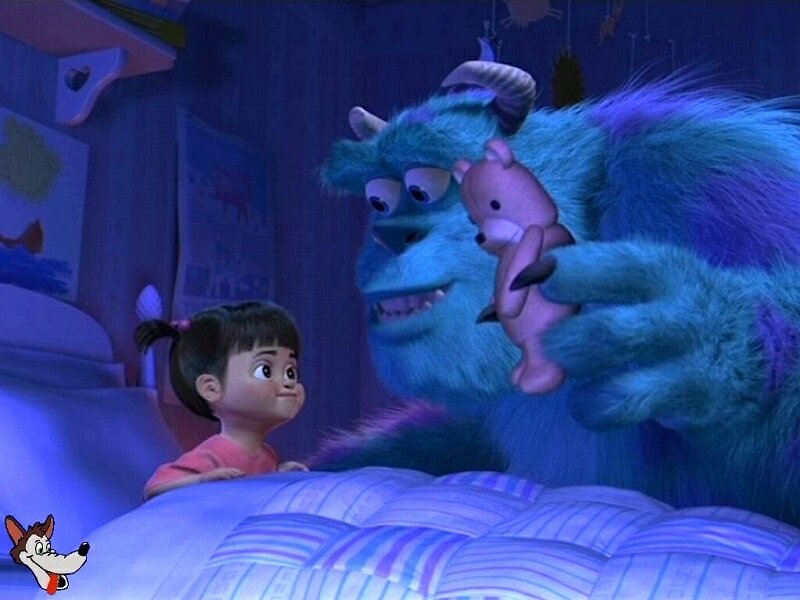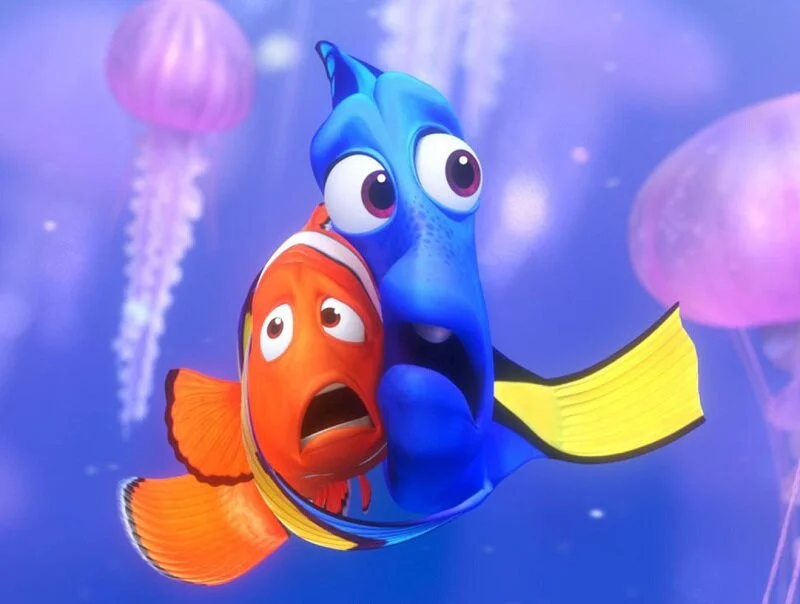How Monsters, Inc. Marked a New Phase in Pixar's History
Monsters, Inc. Image courtesy of Pixar.
Monsters, Inc. was a movie full of firsts for Pixar. It was the first film to gross more than $500 million (it did $577.4 million at the box office, about 5 times its budget - it was, for lack of a better phrase, a monster hit). It was the first film where John Lasseter did not get the directing credit, with Pete Docter taking the helm. It was the first film to bring in Simpsons alum David Silverman to co-direct. And it can probably be considered the first original firm that kicked off Pixar’s truly mature Golden Era which would last for about 10 years.
Monsters, Inc. wasn’t entirely groundbreaking though. It goes back to the basic idea that worked so well for Toy Story, which was to use the medium of digital animation to tell a story about a fully textured fantasy world that might not otherwise be accessible through conventional filmmaking. This has always been the true magic of animation - it can take you to places you cannot otherwise get to even with the biggest budgets and biggest sets. It can make characters physically do things that are otherwise impossible. It can tell stories that just can’t be told in any other medium, and with Pixar’s technological breakthroughs these stories could be animated in groundbreaking new ways.
When we look back now with the comforting knowledge of how history actually played out, it seems almost impossible to imagine Pixar being anything other than a path-breaking hit-making titan of digital animation. But in 2001 this was not a foregone conclusion. They had two bone fide hits on their hands, one of which was a sequel, and a moderately successful but not that memorable little bug film with a more interesting backstory involving corporate betrayal and greed. In 2001, when Monsters, Inc. was on the schedule it was kind of a toss-up which way the studio would go. Did it have another Toy Story on its hands, or another A Bug’s Life?
To give you an idea of how the film biz landscape and digital animation were getting along at that time, one year earlier in 2000 former Disney animation God Don Bluth released Titan AE, a space opera that made extensive use of 3-D digital animation. It flopped big time. A year after Monsters, Inc., in 2002, Disney released another big budget digitally animated space movie called Treasure Planet and it flopped big time too. Both films actually look good and I would argue hold up today, but they still didn’t earn the way Monsters, Inc. did. So this wasn’t just about marrying animation with new technology and big budgets, and waiting for the money to print itself. There’s something about the Pixar touch that elevated the films the studio was making, and it ultimately comes down to story and characters.
Monsters, Inc. takes us into a really inventive fantasy world about monsters who work day jobs scaring kids. This is much more involved and creative and interesting that the fairly rote and formulaic space plots in Titan AE and Treasure Planet. And it’s that inventiveness that gives Pixar the edge. The other thing is the character work. Monsters, Inc. is about two monsters voiced by John Goodman and Billy Crystal so of course they are chock full of personality, and thanks to the voice acting the characters feel genuine, alive and interesting.
It’s great character work in service of a really clever and inventive story, beautifully animated with cutting edge technology. The way Pixar brought all of these elements together in perfect harmony for such a prolonged period of time is a pretty staggering accomplishment when we look back on it, and the way other films using similar cutting edge animation weren’t able to match them truly draws a line under just how special Pixar was in its early days, and how it did it all on the strength of good old fashioned story-telling done the right way.





